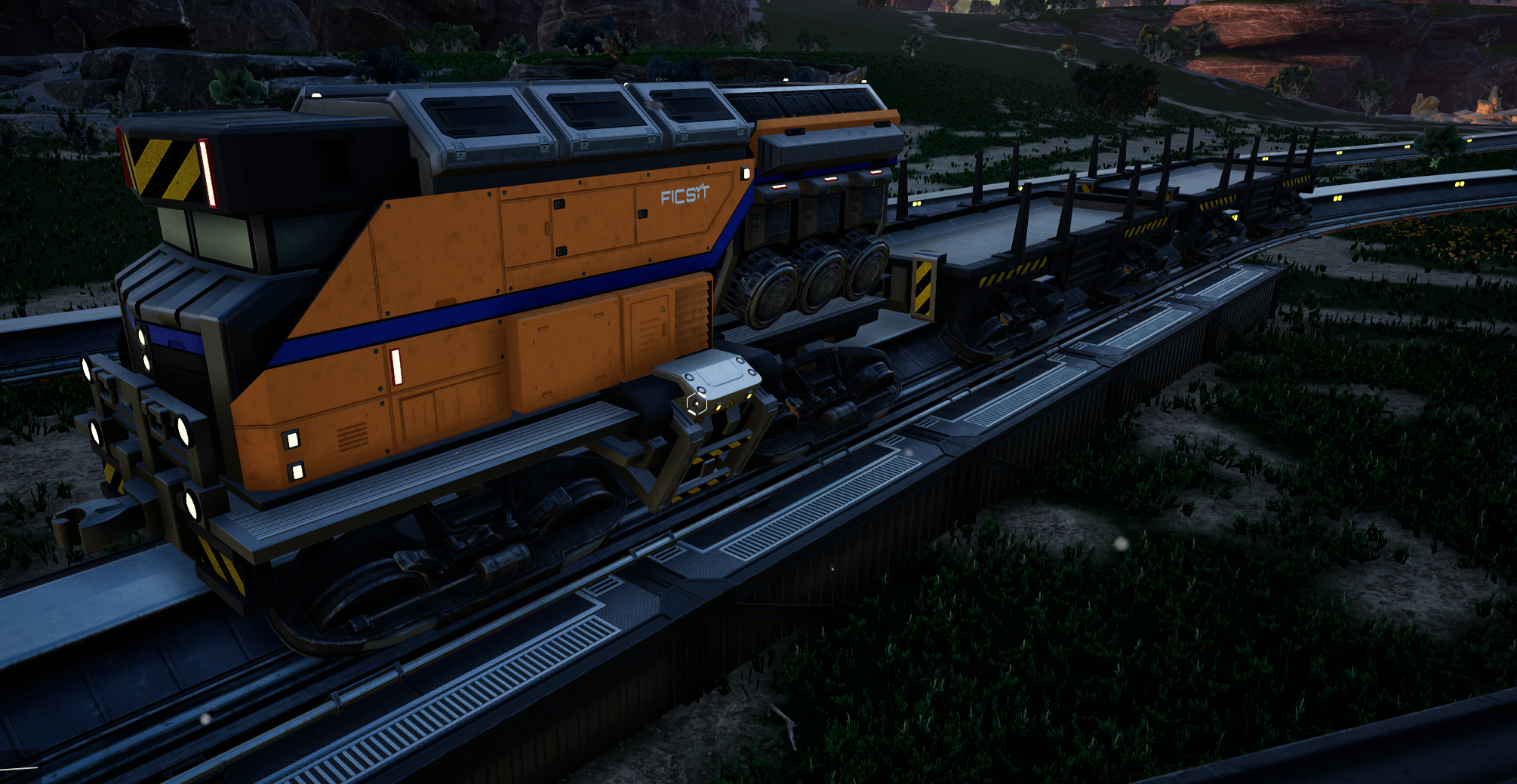

Adjustable Flange-ways possible (with split-block design) for longer life.Multiple Applications (Frog area, Switch area, Crossings, Curves, Concrete or Timber).

Variable Lengths and Profiles available.The advantages of this design are many: Minimizes wheel hunting, ensures proper wheel travel, lengthens the life of the frog by protecting the point from impact, made from commonly rolled Domestic rail sections,Ī variety of sizes and lengths, can be used in many applications (frog areas, concrete ties, wood ties, steel ties, in the switch, through crossings) and they are replaceable. Guard rails are not required with a "self-guarded cast manganese" frog, as the raised parts of the casting serve the same purpose.Īs the importance of protecting the point of the frog increased the Guard Rail evolved into a piece of Rail with part of the base machined away and either flares machined in to the head, the ends bent or both.įlange-way was created by using separator blocks bolted between the running rail and the guard rail, the widths of which can become adjustable by using ‘split-blocks’ with variable thickness shims in place of cast one-piece separator blocks. Generally, there are two of these for each frog, one by each outer rail.

115RE rail has better performances in hardness, strength, wear-resistance, and corrosion resistance than many other railroad tracks. 115RE rail is heat-treated to control the hardness and strength of the steel. As a type of heavy rail, it is mainly used for mining tracks since its high strength. These exist to guide the wheel sets through flangeway in such a way as to prevent the frog point being struck. 115RE rail has a standard profile according to AREMA. A guard rail is a length of rail placed alongside the gauge side of a running rail opposite the frog.


 0 kommentar(er)
0 kommentar(er)
